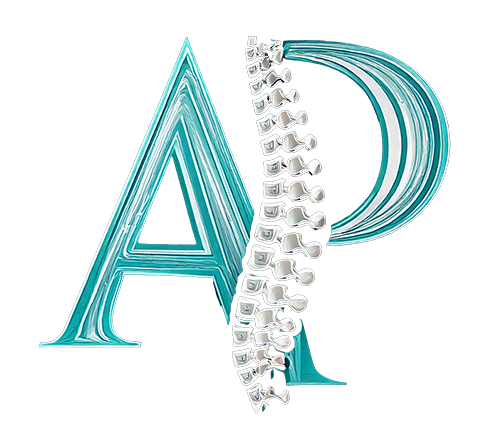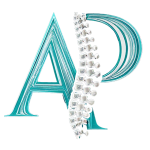Plagiocephaly
Young babies’ heads are relatively soft and can become misshapen. Plagiocephaly is the term for a flat spot on the head.

To be more precise, a flat spot on the back of the head is called brachycephaly.
Causes of Plagiocephaly
At birth, babies heads are often misshapen, and this often corrects itself. The soft joints in the skull mean that a baby’s head can manoeuvre through the narrow birth canal without injury. Head shape may be more dramatically affected by an instrumental delivery (forceps or ventouse). It is also possible that the head shape was affected by the positioning in the uterus.
Plagiocephaly is closely related to torticollis, which is a neck muscle spasm causing reduced neck movement. Before babies can sit by themselves, they spend a lot of time laying down or reclined. If the neck is uncomfortable when turned one way, they will favour the other side. Combined with gentle but prolonged pressure on the head, this can lead to a flat spot.
Weakness in the neck, which is more common in premature babies, can cause plagiocephaly by a similar means. With premature babies, the effects may be especially pronounced, as their skulls are softer at birth than full term babies.
Red Flags
Osteopaths with paediatric training will screen for red flags in babies with plagiocephaly. Craniosynostosis is an example of a red flag. This is a condition in which the joints in the skull fuse early, which requires medical intervention. The condition is rare, but you should speak to your GP if you suspect that this may be the cause of your baby’s unusual head shape.
Management of Plagiocephaly
There are a number of interventions for plagiocephaly that may or may not be effective. The NHS does not routinely advise for the use of helmets, as they are expensive, may be uncomfortable, and are not well supported by research.
It is important that you do not adopt unsafe sleep habits in an attempt to address your baby’s plagiocephaly. Current guidance is to lay your baby down on a firm mattress, flat on their back. If they are able to roll by themselves, you do not need to roll them back.
Tummy time and supported sitting (before your baby is able to sit unassisted) is recommended to encourage strengthening. Your health visitor can give you guidance on what is appropriate for your baby, and tips that might make these exercises more enjoyable for both of you. Alongside the benefits of strengthening, these exercises require no pressure on the head, so may help with the correction of a flat spot.
Cranial osteopathy uses gentle techniques. Some parents say that this helps to provide comfort for their babies. This kind of treatment does not involve the stronger manipulation (or “clicking”) that you might expect from an adult osteopathy appointment. Among other structures, osteopaths work on tight muscles, so if a baby has plagiocephaly due to tightness in the neck, gentle osteopathic techniques may form part of an appropriate treatment plan.

